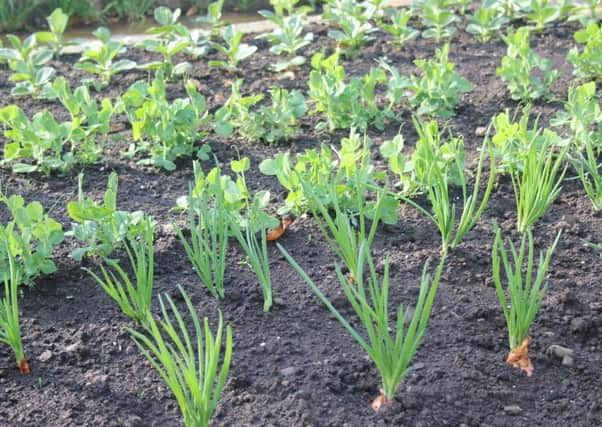Risk of plant logjam as greenhouse is kept busy


With tender mail-order plants still arriving, and those existing not yet hardened off for outdoors, we’re in danger of a logjam.
The greenhouse is our engine room, and our top priority is to keep plants that are on a temporary stay moving through it as rapidly as possible while ensuring that residents don’t suffer from neglect.
Advertisement
Hide AdAdvertisement
Hide AdCold frames can act as a halfway house, but in their absence, raised vegetable beds not yet planted up make a useful substitute. All that’s required is a sheet of rigid plastic cover to keep out the elements.
The unheated greenhouse is not a place you’d care to spend much time in between December and February, but with the protective fleece on standby, we’ve seen the peach, grapevines and some valuable plants safely through yet another winter.
During that period, watering had to be kept to a bare minimum as overwintering penstemon, streptocarpus, fuchsia et al cannot stand a combination of excess moisture and low temperatures.
From May onward, we have a totally different situation, with trays of young plants in growth mode demanding water, yet the risk of frost remains.
Advertisement
Hide AdAdvertisement
Hide AdThe large greenhouse still has no artificial heat, and the thermometer reading drops considerably overnight, but thankfully the outdoor temperatures are rising and, on those days the sun breaks through, the glorious greenhouse effect comes into play.
However, a temperature band that ranges from 5C to 25C is not conducive to the sturdy growth of seedlings and young plants. Some intervention is required.
Even though this greenhouse has an automatic system which had the vents fully open on one occasion last week, by midday the temperature under glass was 20C. It took opening the door and manually-operating side vents to reduce it.
Had it been midsummer, we’d have reached for the hosepipe or can, dampened the floor and restored sanity at a stroke. Meanwhile, encouraging a morning circulation of air, followed by an early-afternoon close down, builds up a head of warmth for overnight.
Advertisement
Hide AdAdvertisement
Hide AdThe healthy state of a peregrine peach and the grape vines suggest it is working.
The former has deep-green leaf cover, and fading blooms are giving way to embryo fruits, some of which are pea-sized.
Most of the vine shoots have grown to a third leaf joint, and tiny bloom clusters are visible.
These growths are stopped by pinching out the centre one leaf joint beyond the tiny flower bunch to concentrate all food resources into fruit production.
Naturally, the vine objects and responds with many more shoots, and so begins the gardener’s summer-long task of rubbing them out.